Best Times for Foundation Repairs
Foundation repairs are most effectively performed during specific times of the year when environmental conditions favor structural stability and curing processes. Understanding the optimal timing can help ensure long-lasting results and minimize potential complications.
Spring offers moderate weather conditions, making it suitable for foundation work. Soil moisture levels are generally optimal, aiding in effective stabilization.
Summer can be suitable if temperatures are not excessively high. Proper planning is necessary to avoid heat-related curing issues.
Fall provides cooler temperatures and less humidity, which can be ideal for foundation repairs before winter.
Winter is generally less favorable due to freezing temperatures and frozen ground, which can hinder repairs and curing.
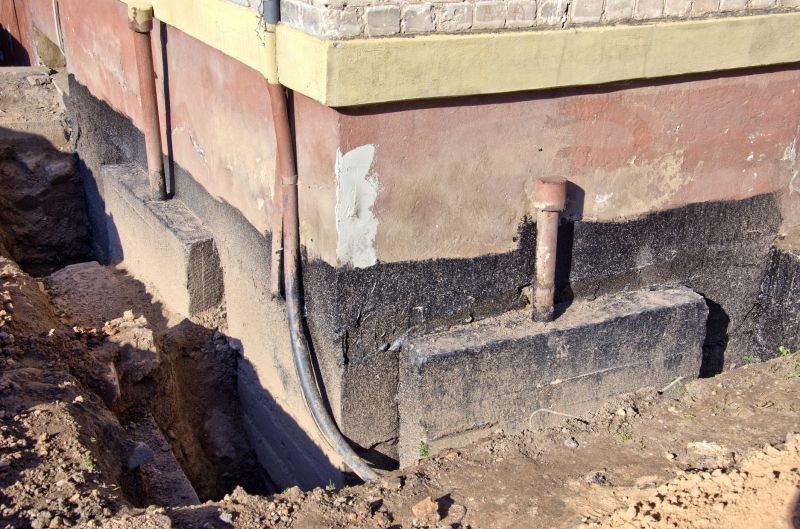
Image of foundation stabilization work during optimal weather conditions.
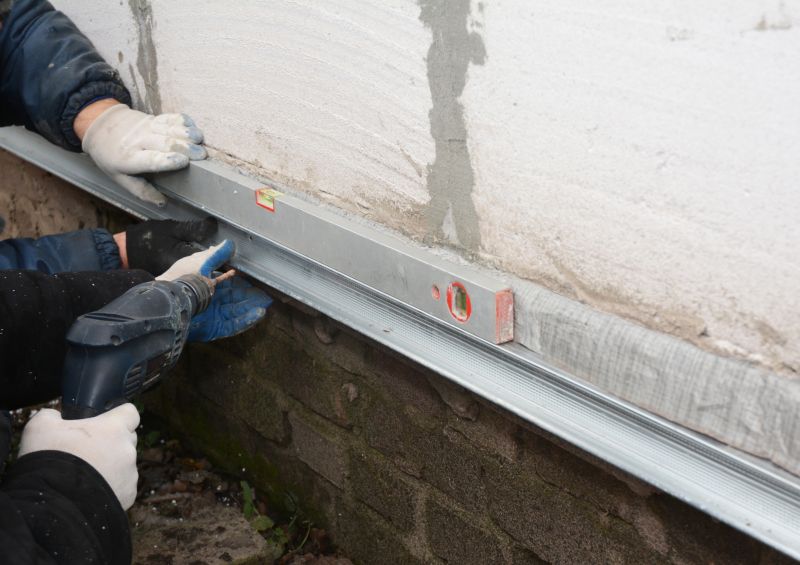
Preparing soil for foundation repairs in favorable seasons.
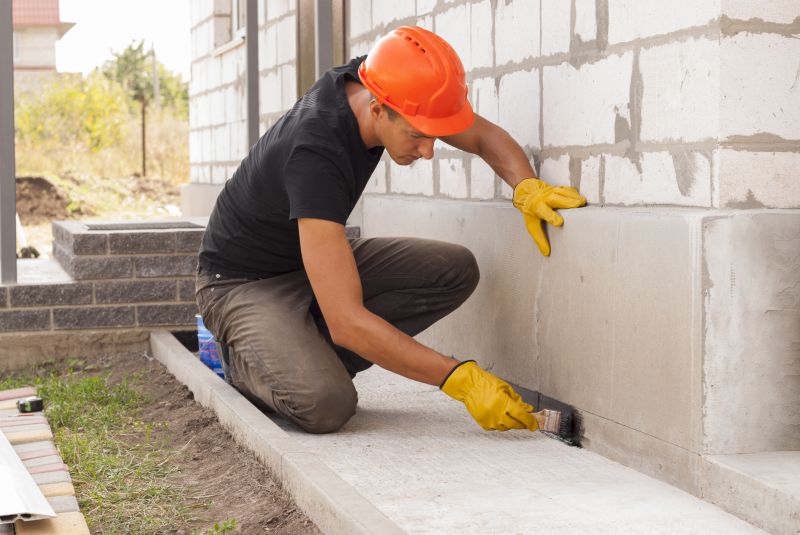
Curing of foundation materials during ideal temperatures.
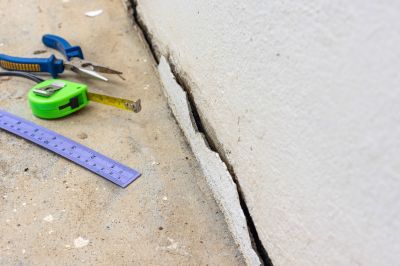
Ways to make Foundation Repairs work in tight or awkward layouts.
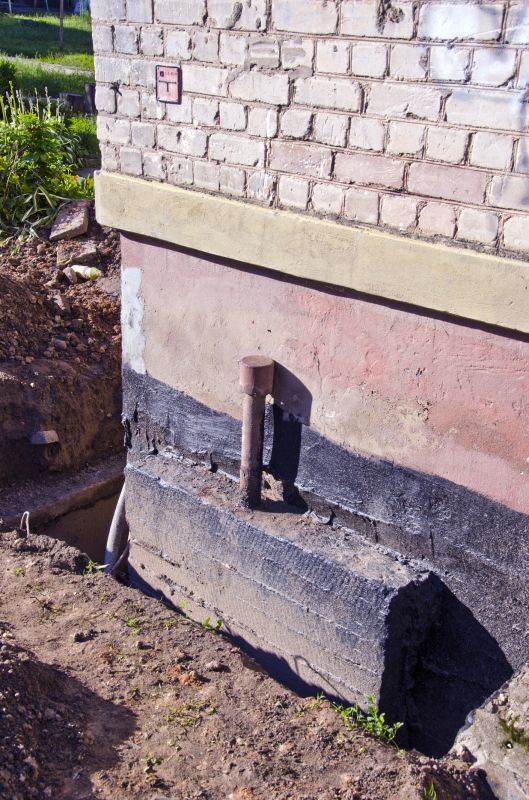
Popular materials for Foundation Repairs and why they hold up over time.
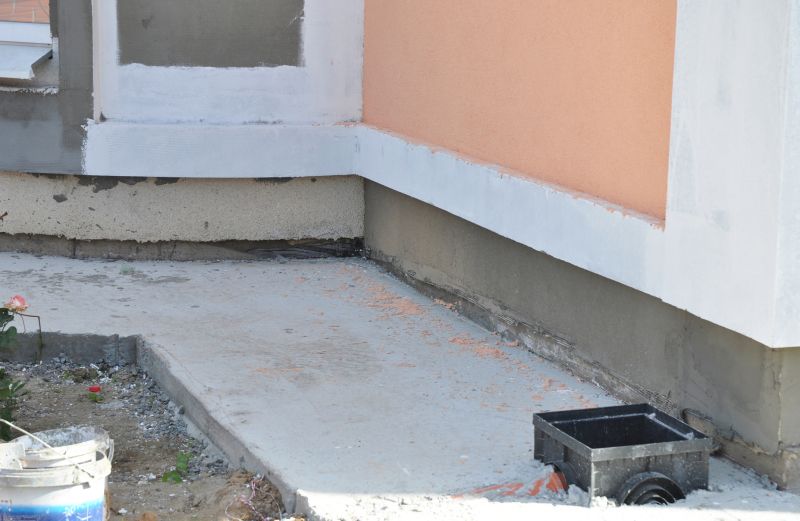
Simple add-ons that improve Foundation Repairs without blowing the budget.
| Season | Suitability for Foundation Repairs |
|---|---|
| Spring | Highly suitable due to moderate soil moisture and temperatures. |
| Summer | Suitable if temperatures are managed and humidity is controlled. |
| Fall | Ideal for repairs before winter with cooler, stable conditions. |
| Winter | Generally unsuitable due to freezing ground and low temperatures. |
Foundation repairs involve addressing issues such as settling, cracking, and shifting that can compromise structural integrity. Proper timing ensures that repairs are effective and durable. Soil conditions, temperature, and humidity are critical factors influencing the success of foundation stabilization and repair work.
Statistics indicate that foundation issues are among the most common structural problems in residential buildings, with approximately 25% of homes experiencing some form of foundation settlement or cracking. Timely repairs can prevent further damage, reduce costs, and maintain property value.
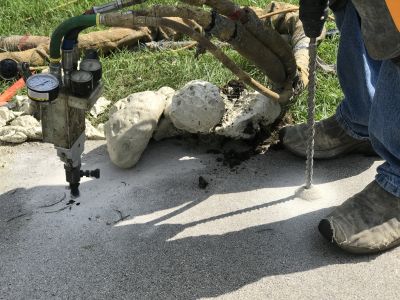
Specialized tools used during foundation stabilization.

Example of foundation crack before repair.
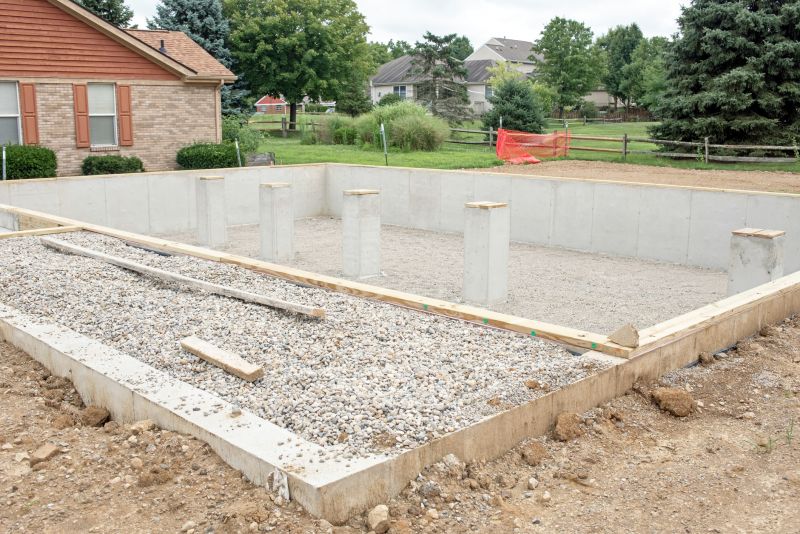
Support systems being installed beneath a foundation.
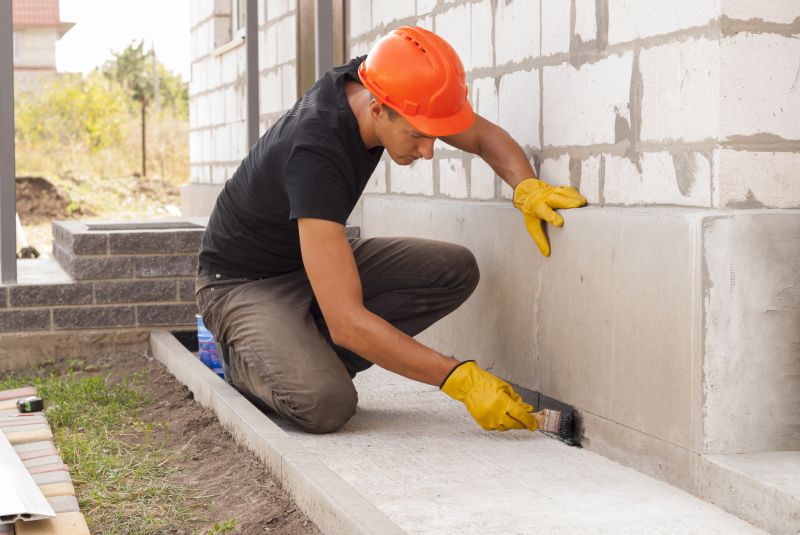
Finished repair work with stabilized foundation.
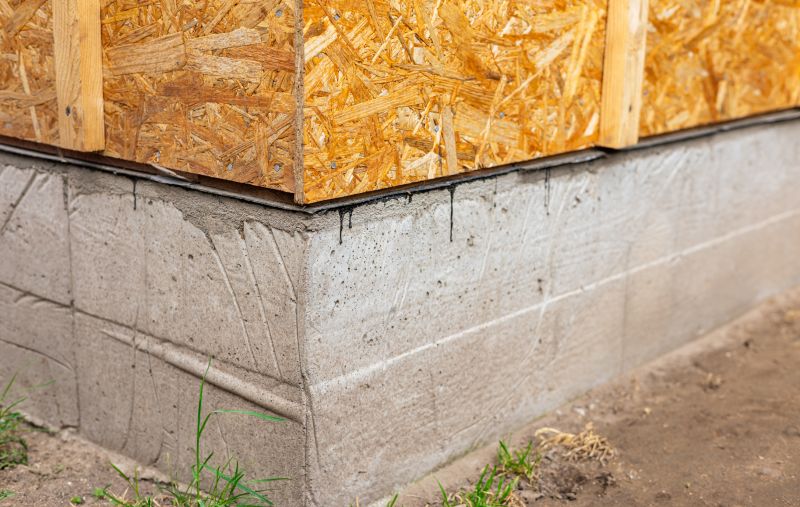
High-end options that actually feel worth it for Foundation Repairs.
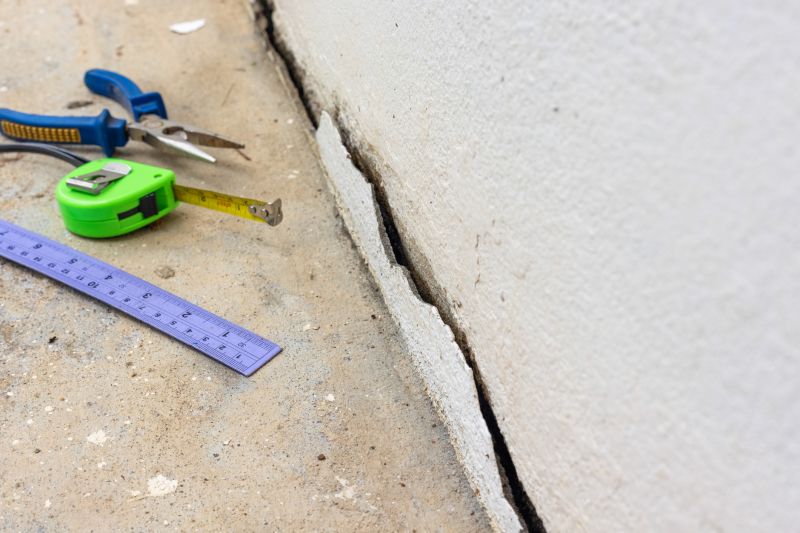
Finishes and colors that play nicely with Foundation Repairs.
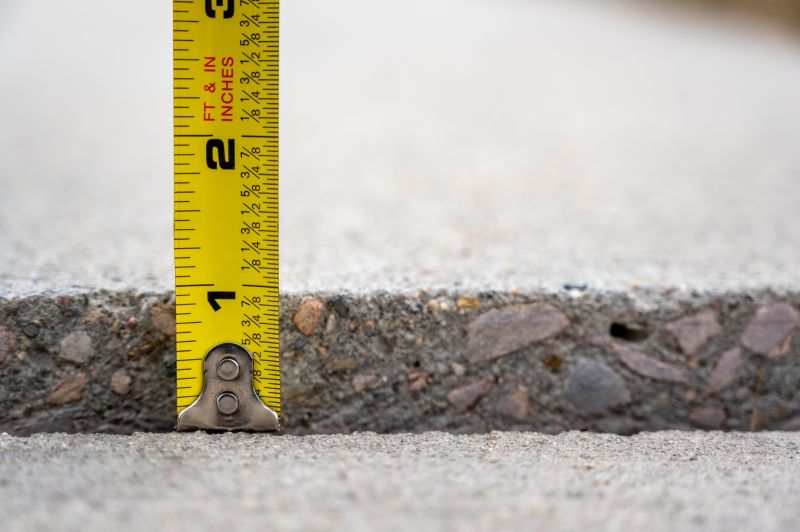
Little measurements that prevent headaches on Foundation Repairs day.
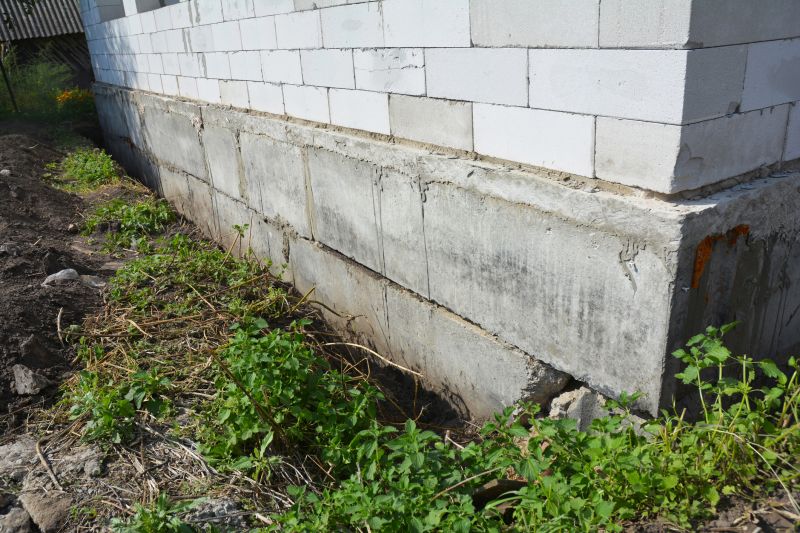
A 60-second routine that keeps Foundation Repairs looking new.
Individuals interested in foundation repairs are encouraged to contact for assessments and detailed recommendations. Proper timing and professional execution are essential for ensuring the longevity and stability of a structure's foundation.

